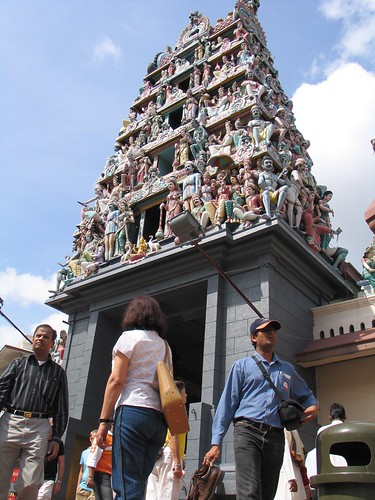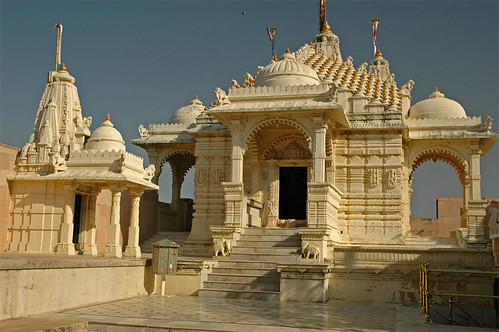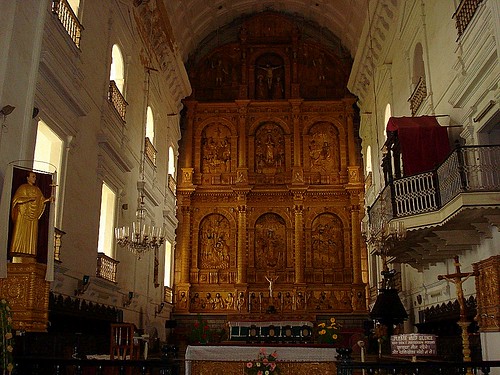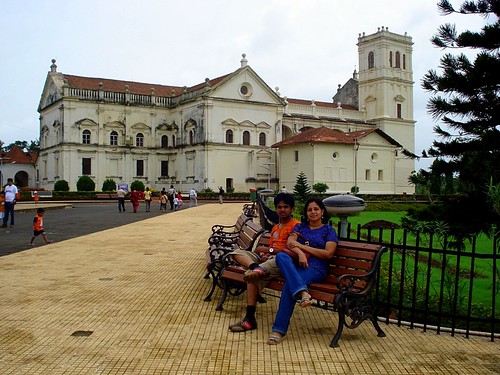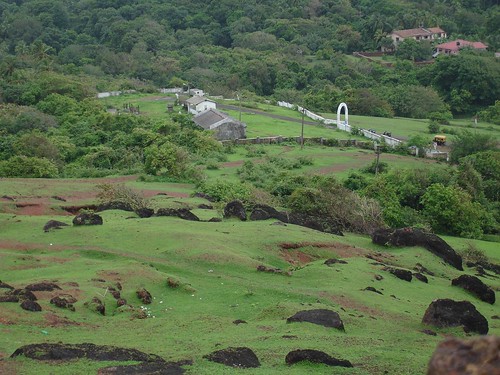Toronto, often described as a global city, is the largest city and the economic capital of Canada and one of the top financial centres in the world. If you plan a visit, a search in specialized search sites such as Canada 411 on the various attractions will help you to plan your visit, as Toronto has often been compared to New York City as the city that never sleeps north of the border. A few places that one must visit are below.
The 1,815 feet high CN Tower, a prominent landmark of Toronto, held the record of the tallest free-standing land structure in the world for over 30 years. Visitors can reach the top of the tower in an elevator with glass walls to view the panorama of the city and areas beyond.
Another unforgettable experience will be a visit to the Harbourfront & Toronto Islands. Yet another attraction is the Niagara Falls on the Niagara River on the border between the United States and Canada. With more than 6 million cubic feet of water falling every minute it is the most powerful and massive waterfall in North America and the best-known in the world.
Toronto is famous for its events and festivals. At the Exhibition Place on the Toronto lakeshore, every August the Canadian National Exhibition (CNE), the largest and most successful fair of its kind in the entire North America, is considered an important part of the culture of Toronto and Canada itself. The other attractions are the City Hall & Nathan Phillips Square, Casa Loma, Rogers Centre/Skydome, Chinatown, Hockey Hall of Fame, and the St. Lawrence Market.
Also you will not like to miss The Royal Ontario Museum (ROM), the Toronto Zoo, the Art Gallery of Ontario, the Gardiner Museum of Ceramic Art, the Ontario Science Centre, the Textile Museum, and many more such venues.
The Yorkville neighbourhood, one of the most elegant shopping and dining areas, is visited by tourists and even celebrities from all over North America, and the whole world, especially during the Toronto International Film Festival.
For your comfortable stay in Toronto there are some of the finest hotels such as Delta Chelsea Hotel, The Fairmont Royal York, Sheraton Centre Toronto Hotel, The Westin Harbour Castle, Hotel Victoria, and many more to suit every budget. Also there are many nightclubs and restaurants for those who like a memorable nightlife experience. For transport, taxis are aplenty, or one can rely upon the efficient Toronto Public Transportation system.



